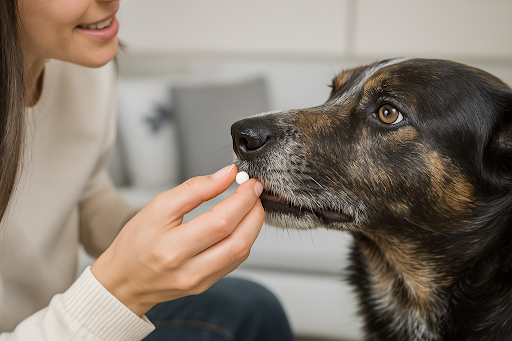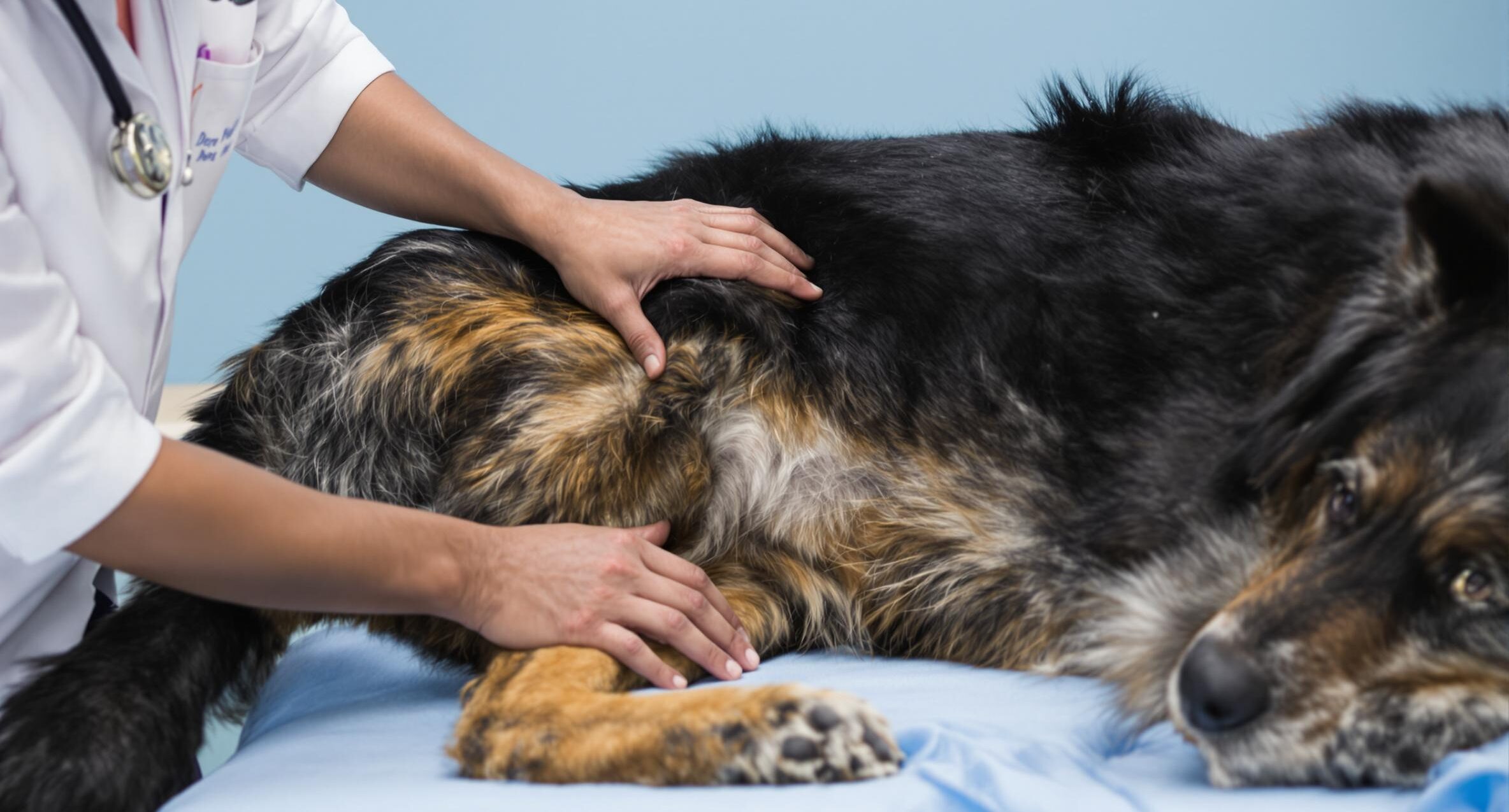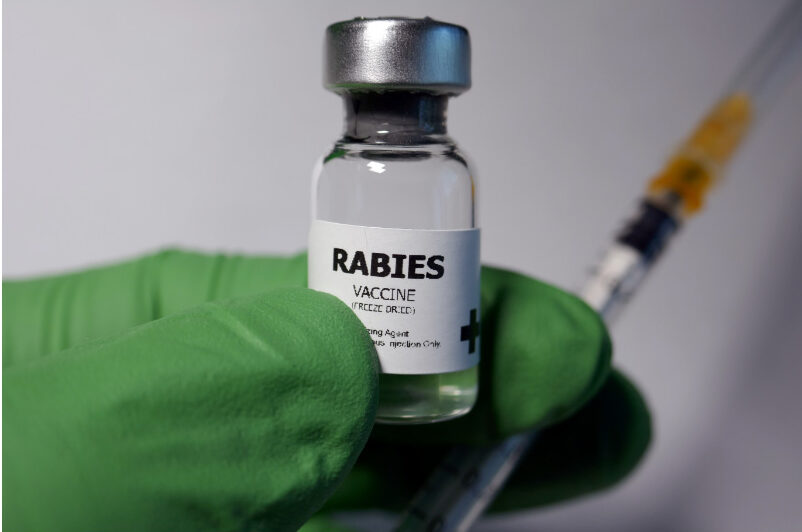Dog Pooping Blood: Common Causes and Solutions

Key takeaways:
- Bright red or dark, tarry blood in stool may show bleeding from different parts of a dog’s digestive tract which should be checked by a veterinarian.
- Causes can range from diet changes to serious health problems like parasites or parvovirus, so acting fast is important.
- Watch for symptoms, bring a stool sample to the vet, and check PetHealthMD for reliable information.
What It Means When Your Dog Is Pooping Blood
Seeing blood in a dog’s stool can be a stressful and confusing moment. A streak of red or an unusually dark stool may signal a problem in the digestive tract. For pet owners, this alarming sign often brings up immediate worries about their dog’s health, raising questions about what’s wrong and what to do next. Learning about possible causes and next steps can help ease some of that worry.
The digestive system involves several organs, including the stomach, intestines, and colon, and can be disrupted by various triggers like infections, parasites, medications, or dietary issues. Sometimes blood in the stool comes from small irritations, but it can also point to serious health concerns like ulcers or tumors. Instead of guessing the cause, pet owners should work with a veterinarian for the right diagnosis and treatment. Paying close attention to changes in appetite, energy levels, and thirst can provide helpful clues. Acting quickly and staying informed through resources like PetHealthMD can make all the difference in helping a dog recover.
Identifying the Causes of Dog Pooping Blood
Noticing blood in a dog’s stool is a cause for concern, and understanding the potential reasons can help guide appropriate action. The appearance of the blood offers important clues:
- Bright red blood usually indicates an issue in the lower digestive tract (like the colon or rectum).
- Dark, tarry stool suggests bleeding from higher up in the gastrointestinal tract, such as the stomach or small intestine.
Common causes of blood in dog stool include:
- Dietary changes or food intolerance – sudden changes in diet or eating something inappropriate can irritate the digestive tract.
- Foreign objects – ingestion of bones, sticks, or sharp materials may cause tears in the colon or rectum.
- Parasites – hookworms, whipworms, and other parasites can damage intestinal walls, leading to bleeding.
- Parvovirus – a serious viral infection that often causes severe bloody diarrhea, especially in unvaccinated puppies.
- Bacterial or viral infections – infections like Salmonella or Campylobacter can inflame the gut lining.
- Ulcers – stomach or intestinal ulcers may result from medications, stress, or illness and often cause dark, digested blood in stool.
- Anal gland problems – issues with anal glands, especially in smaller breeds, can lead to discomfort and bloody stool.
- Medications – NSAIDs and corticosteroids may irritate the GI lining, causing bleeding.
- Inflammatory bowel disease (IBD) – a chronic condition that inflames and damages the digestive tract.
- Tumors or cancer – growths in the digestive system can cause internal bleeding.
- Blood clotting disorders – conditions affecting clotting may lead to blood in stool.
If bleeding lasts more than a day or appears with vomiting, loss of appetite, fatigue, fever, or weight loss, urgent veterinary attention is necessary. Sharing a full medical history and observing changes closely will help the veterinarian determine the cause and best treatment path.
Symptoms That May Accompany Bloody Stool
Catching symptoms early can help a vet figure out the problem faster. Blood in the stool is the clearest sign, and its look can show where the issue is. Bright red blood often points to problems in the colon or rectum, while dark, tarry stools suggest bleeding higher up, like in the stomach or small intestines. The stool’s texture—whether it’s loose, firm, or watery—also gives hints about the problem.
Behavior changes can also reveal issues. Less playfulness, more thirst, changes in appetite, or pain when pooping may all point to digestive problems. Extra thirst can indicate dehydration, especially if the dog has diarrhea. Pain or straining while pooping might suggest anal gland issues or rectal irritation. Needing to poop urgently or showing strain can also signal trouble. More serious symptoms like fever, pale gums, or fast breathing require immediate care.
Keeping clear records can help with diagnosis. Write down symptoms, diet changes, and behaviors to share with the vet during checkups. Note how often bloody stools happen, when they started, and any changes like new foods or possible toxins.
Collecting a stool sample and taking a photo of it can be helpful. A stool sample can be tested for parasites, bacteria, or blood, while a photo helps the vet assess the blood’s appearance and stool texture. Watching for additional symptoms like vomiting, weight loss, or changes in peeing can also offer valuable clues.
What to Do if Your Dog Is Pooping Blood
Acting fast is vital when blood is in a dog’s stool. Here’s what you can do:
- Contact a veterinarian. Describe the blood’s appearance and be ready to discuss the dog’s diet, behavior, and other symptoms. If it’s after hours, find an emergency clinic.
- Create a calm environment. Provide water, a quiet place to rest, and keep stress low. Avoid giving new foods or treats until after the vet visit.
- Monitor food and water intake. Keep feeding as usual unless advised otherwise. Watch for changes in drinking or eating.
- Document symptoms. Write down when the bleeding started, details of the stool, and any additional symptoms.
- Preserve a stool sample. Place it in a clean, sealed container and refrigerate if needed.
Avoid giving human medicines, which can harm dogs. Keep the dog’s area clean to avoid infection, especially if diarrhea is present. If the dog is too weak to walk or shows signs of collapse, take them to a vet right away.
For preventive care, regular deworming and consistent use of parasite control can help protect your pet. Explore options at the Flea and Tick Medication category on 1800PetMeds.com.
Frequently Asked Questions
What should I do if I notice blood in my dog’s poop?
Contact your veterinarian right away. Note the stool’s color and consistency and collect a sample if possible.
Can stress cause blood in a dog’s stool?
Yes, stress can cause colitis, which may lead to small amounts of bright red blood.
Could medication be causing my dog to poop blood?
Certain medications may irritate the gastrointestinal lining and lead to bleeding. Always inform your vet about any medications your dog is taking.
Should I stop feeding my dog if they have bloody stool?
Consult your vet before making dietary changes. In some cases, feeding a bland diet may help.
Treatment and Prevention
The cause determines veterinary care. Mild cases may require only diet changes, while others could involve medications to ease inflammation or treat infection. Serious cases may need IV fluids or parasite treatments.
Pet owners should follow the vet’s advice closely and complete all recommended treatments. Watching the dog’s recovery—like improved stool texture, more energy, or a normal appetite—can help track progress. If symptoms do not improve, notify the vet to explore further testing or different treatments.
Preventive steps include regular deworming, vaccinations, and a balanced diet. For ongoing digestive health support, explore Dog Digestive Health Supplements on 1800PetMeds.com.
For parasite control and prevention, you can also visit the Dewormers for Dogs category.





